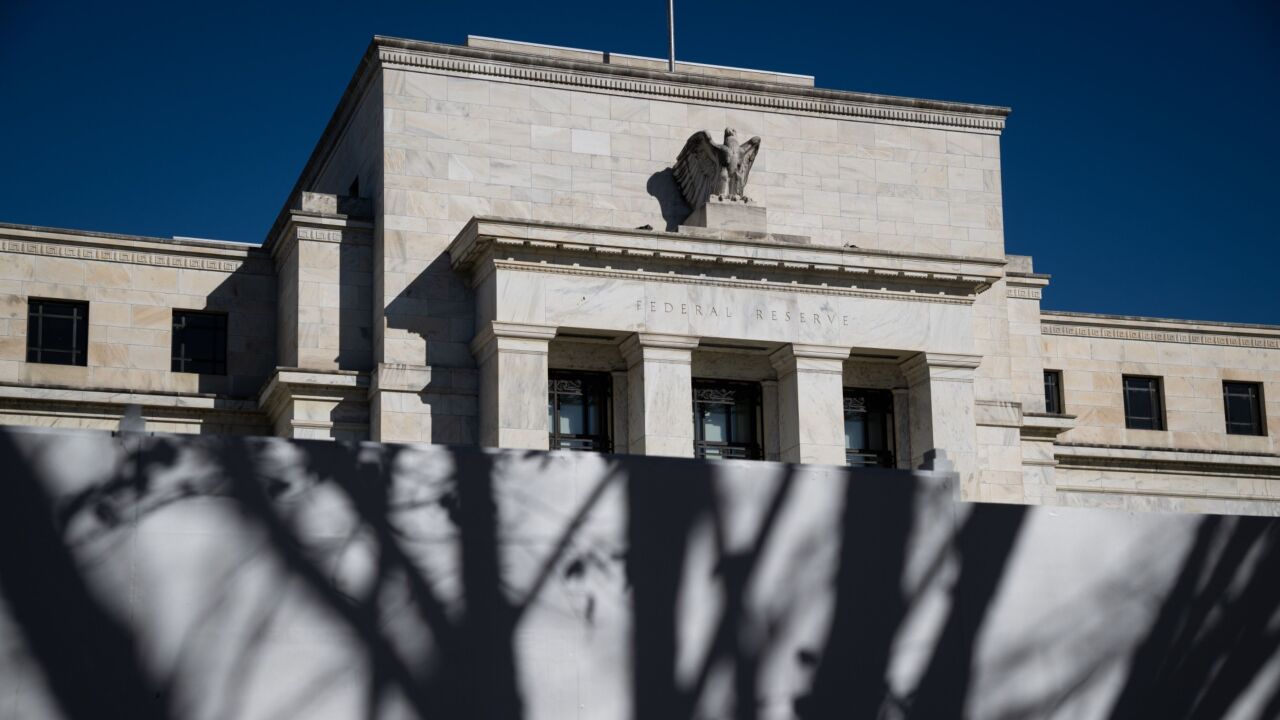The
Lately, the addition of P2P payments has become a sign of platform maturity. Apple and Facebook didn't build payments into their messaging apps from the start, but they added them late in the game when it was clear they had enough of a network effect to sustain a payments network.
So if adding P2P is a sign of a network's growth, does losing P2P suggest the opposite?

The Snapcash feature launched in 2014 through a
Given Snapchat's March 2018
Not all of Snapchat's challenges are within its control. The company famously suffered a loss of celebrity cachet in February when Kylie Jenner asked — on the rival social network Twitter — “sooo does anyone else not open Snapchat anymore? Or is it just me... ugh this is so sad.” In a single tweet, the company
sooo does anyone else not open Snapchat anymore? Or is it just me... ugh this is so sad.
— Kylie Jenner (@KylieJenner)
February 21, 2018
Easy come, easy go
Snapchat's messaging model was built around the idea that images and messages sent via its platform won't haunt the user forever. These messages are deleted automatically, making the platform a poor choice for making plans that might require chipping in on a dinner or vacation budget.
“Use case drives acceptance and with Snapchat, the rapid, transitory nature of the app doesn’t lend itself to payments, and I don’t think that Snapchat users would find a payment function within the app very useful,” said Thad Peterson, a senior analyst with Aite Group.
The company’s biggest challenge is its singular focus that has no proprietary or patented technology. Even Snapcash wasn't unique to the platform; as a reskinned version of Square Cash, it was limited to the features Square was willing to support.
But the shutdown of Snapcash isn’t necessarily a reflection that Square’s solution is not working. Square Cash has 7 million monthly users and growing, Square said in an emailed statement. Square has treated the app as
Snap may fare better once it is no longer beholden to a third party's P2P platform.
Recent





